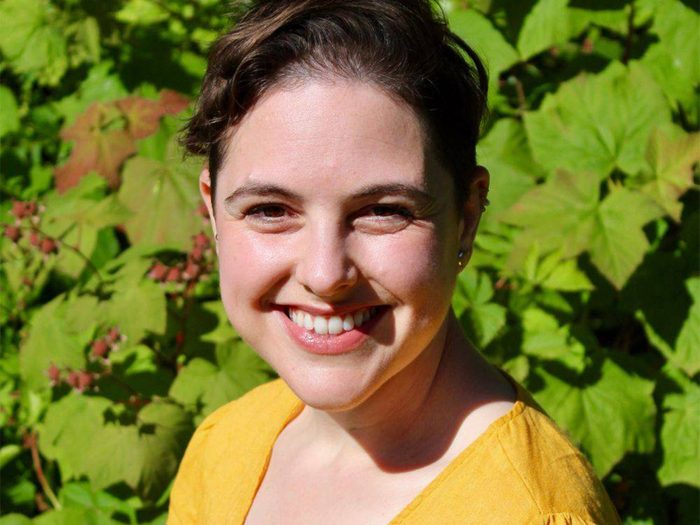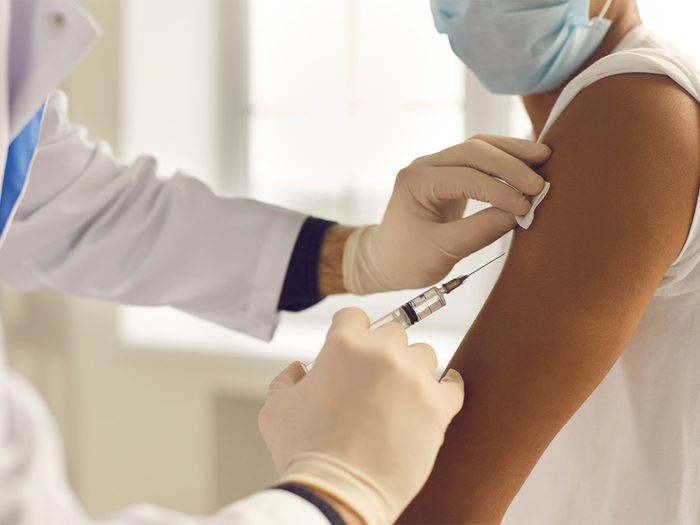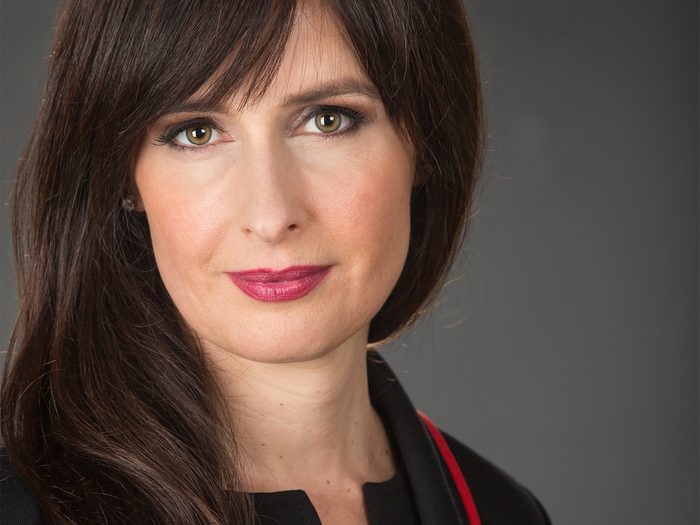Meet Best Health’s 2021 Health Heroes
3 / 11


Alice Curitz
For making therapy more inclusive and accessible
At the end of January, nearly a year into a global pandemic that challenged our collective mental health, Alice Curitz founded Our Landing Place, a therapy clinic that prioritizes inclusive, queer-affirming, sex-positive care. The clinic’s six LGBTQ2S+-identified counsellors specialize in working online with queer communities, who are at significantly higher risks for many mental health issues. LGBTQ2S+ youth, for example, experience 14 times the risk of suicide and substance dependency as their heterosexual peers. “You’re asking somebody to be incredibly vulnerable with you when they’re coming to see you for therapy,” she told the CBC in July. Having counsellors who appreciate the particular challenges their patients face, Curitz adds, “can really build that sense of, OK, this is a place [where] I can be me.”
To reach people nationwide, Curitz and Our Landing Place launched Queering Mental Health: A Canadian Perspective, a full-day online conference in April. Participants, including Curitz, homed in on the barriers to mental health services that have affected the LGBTQ2S+ community and been exacerbated during the pandemic. Marginalized people experience higher rates of isolation, economic strain, anxiety and poor access to informed, inclusive and culturally appropriate care.
During this unprecedented time, where socializing has become life-threatening, Curitz’s remedy to distress is connection. Says Curitz, “I believe that connection is what helps us heal and grow.”—M.W.
4 / 11


Dr. Annalee Coakley
For dismantling barriers to getting vaxxed
Close quarters, cold temperatures, fast-paced work and long hours: It’s no surprise meat-packing plants have been hit hard by COVID. At Calgary’s Cargill meat plant, nearly half the workers tested positive in the spring of 2021, while, nearby, the JBS beef plant had reported 650 cases among its 2,500 workers by April 2021. Getting workers vaccinated—and fast—was crucial to stopping more outbreaks.
Enter Dr. Annalee Coakley, who helped organize vaccination efforts at both meat-packing plants (which together process about 70 percent of Canada’s beef). For nearly a decade, Coakley has worked as the physician lead with Calgary’s Mosaic Refugee Health Clinic, leading specialized primary care to support the resettlement needs of the city’s refugee population.
This spring, Coakley also helped set up vaccination clinics in east Calgary, an area of the city with a large population of front-line workers that consistently faced high rates of COVID. The clinic extended its hours for shift workers, didn’t require health cards (which can be an obstacle for undocumented and migrant workers), and had staffers who could speak 72 different languages, in order to eliminate as many barriers as possible to immunization in the community. “They came into the clinic because it was convenient, it was accessible to them,” she said in an interview with the CBC. “They told us that they wouldn’t have gotten the vaccination otherwise.”—R.G.
5 / 11


Dr. Danuta Skowronski
For optimizing our vaccination rollout
In late 2020, Dr. Danuta Skowronski, the epidemiology lead of influenza and emerging respiratory pathogens at the British Columbia Centre for Disease Control, was poring over data from Pfizer about its COVID-19 vaccine when she spotted something no one else had noticed: the efficacy of the first dose was actually much higher than the company had reported. Pfizer focused on the period immediately after a person received their first shot, when efficacy reached around 50 percent. But immunity keeps mounting in the following days—that’s how vaccines work. Two weeks after the shot, efficacy hit 92 percent.
Dr. Skowronski—who spent the past two decades of her career jumping from one infectious disease outbreak to the next—made a bold recommendation: Canada should postpone the second dose and put every effort into getting more first shots into more arms faster. Her advice led Canada’s National Advisory Committee on Immunization to change its recommended time period between doses to a window of up to four months. “I just felt huge relief,” she says.
This set Canada apart from nearly every other country, including the United States, where experts called for strict adherence to the manufacturer’s recommended three- to four-week window between doses. Canada’s chief science advisor Mona Nemer questioned delaying doses, saying it amounted to a “population-level experiment.”
But as a result of Skowronksi’s advice, Canada’s vaccination rate climbed quickly. And the strategy saved lives. Recently released data from British Columbia and Quebec shows that the decision to delay and mix second doses of COVID-19 vaccines led to strong protection from infection, hospitalization and deaths.—C.F.
(Related: Canada’s Dietitians Are Lacking in Diversity–But Things Are Changing)
